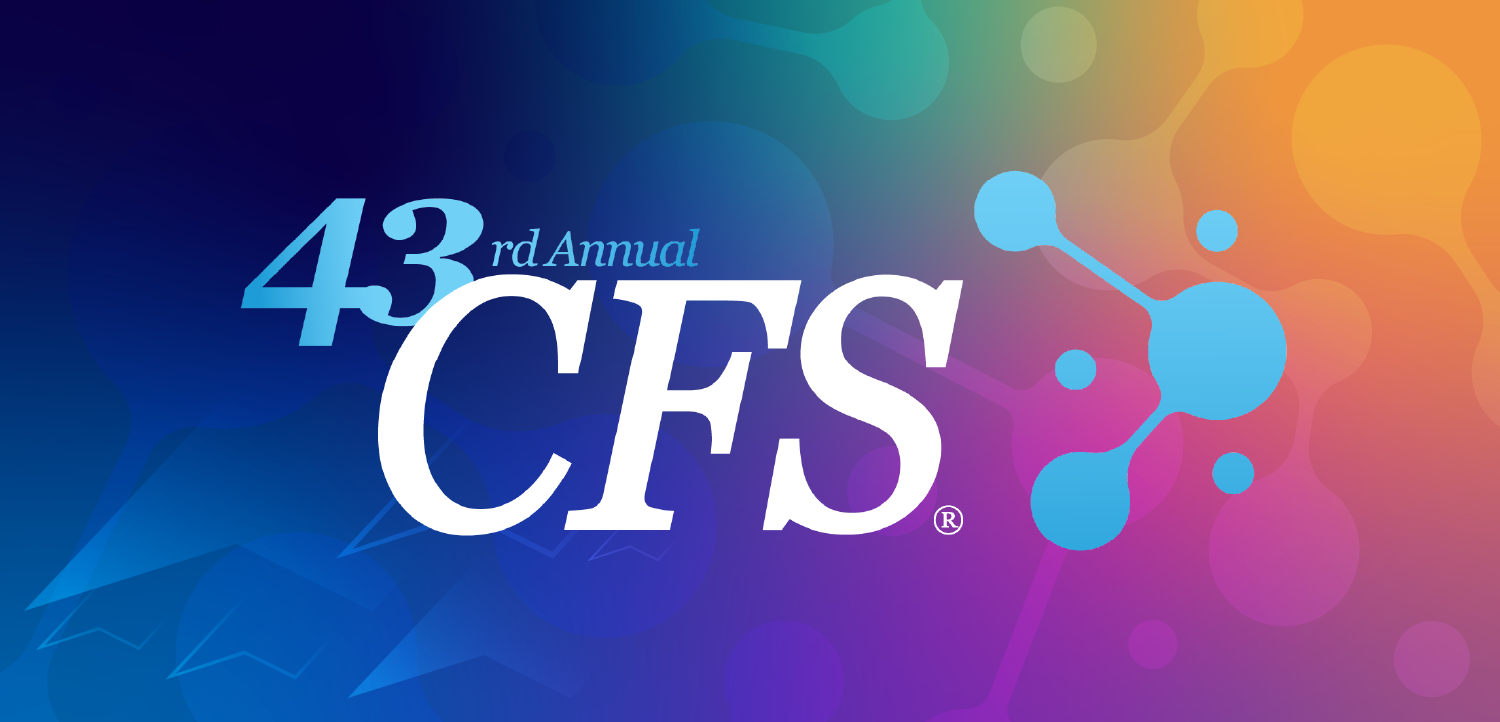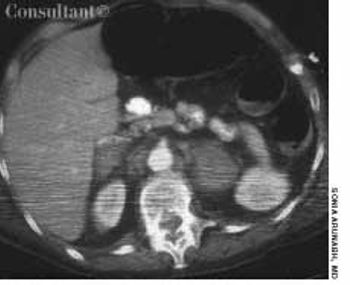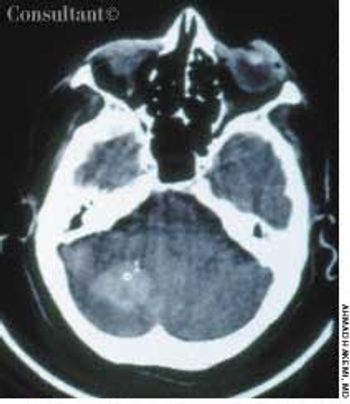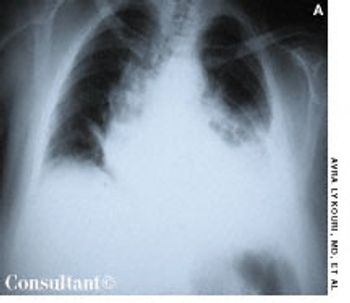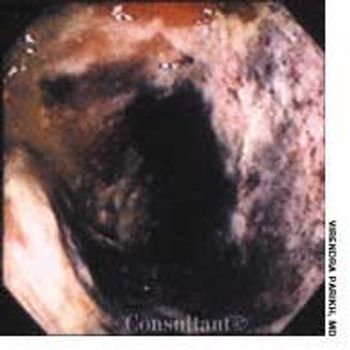
ABSTRACT: The main therapeutic goals for patients who have an acute coronary syndrome are to reestablish normal epicardial flow and to increase distal myocardial perfusion. Fibrinolytic treatment with tissue plasminogen activator within 70 minutes of the onset of symptoms dramatically reduces the mortality rate from myocardial infarction. Other fibrinolytic agents include reteplase, which is given as a double bolus, and tenecteplase, which is given as a single bolus. In most hospitals, fibrinolytic therapy is more readily available than percutaneous transluminal coronary angioplasty (PTCA); however, PTCA may be the preferred approach if it is available within an hour and a half. Antiplatelet drugs, such as glycoprotein IIb/IIIa receptor antagonists, are used to improve distal myocardial perfusion. If follow-up coronary angiography is not available to assess whether epicardial blood flow and distal myocardial perfusion have been restored, a 12-lead ECG can provide valuable information. The resolution of ST-segment abnormalities is a marker for improved perfusion.











































































